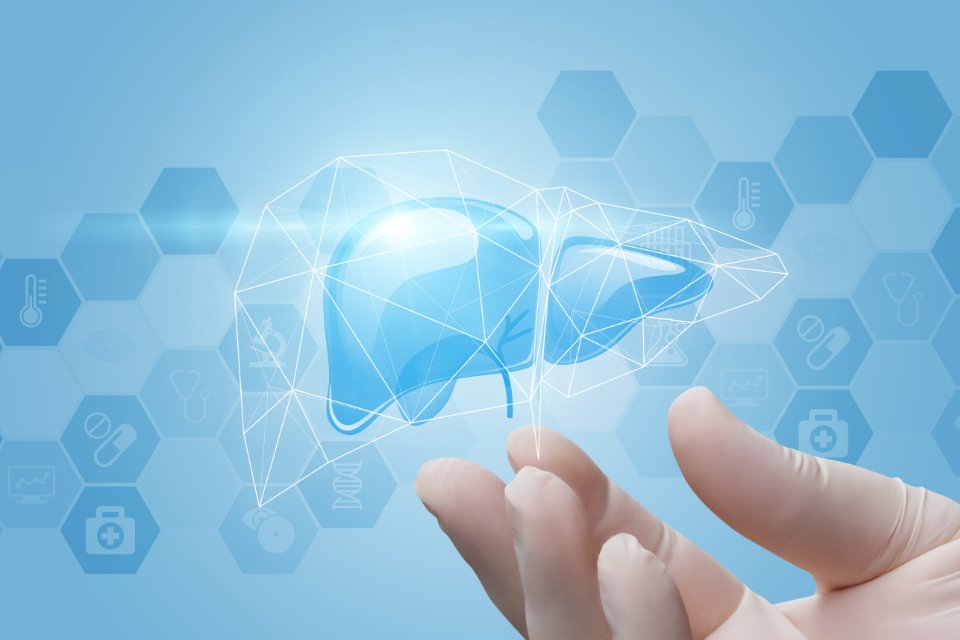NASH is a liver condition that affects millions of people worldwide, its diagnosis can be challenging. However, accurate diagnosis is crucial for appropriate treatment and management. Recent research has focused on improving NASH diagnosis, and this blog post will explain the latest findings.
The diagnosis of NASH involves several steps, including medical history, physical examination, and laboratory tests. One of the most common laboratory tests used to diagnose NASH is liver function tests (LFTs). LFTs measure the levels of liver enzymes, including alanine aminotransferase (ALT) and aspartate aminotransferase (AST), which are elevated in NASH. However, LFTs are not specific for NASH and can also be elevated in other liver conditions.
Imaging tests, such as ultrasound, computed tomography (CT), and magnetic resonance imaging (MRI), can help diagnose NASH by evaluating liver fat and scarring. Ultrasound is the most commonly used imaging test, and it can detect fat in the liver. However, it is not always accurate in detecting mild to moderate liver scarring, which is a hallmark of NASH.
Transient elastography, also known as FibroScan, is a non-invasive imaging test that measures liver stiffness. This test can detect mild to moderate liver scarring, which is an important diagnostic marker for NASH.
Liver biopsy remains the gold standard for NASH diagnosis. A liver biopsy involves inserting a small needle into the liver to collect a tissue sample, which is then examined under a microscope. This test can provide information about liver inflammation, fat, and scarring, allowing for an accurate diagnosis of NASH. However, liver biopsy is invasive, expensive, and carries a risk of complications, such as bleeding and infection.
In summary, diagnosing NASH requires a combination of medical history, physical examination, laboratory tests, and imaging tests. Non-invasive imaging tests like FibroScan can provide valuable diagnostic information and reduce the need for liver biopsy.
Understanding the latest research on NASH diagnosis is essential for healthcare professionals to provide accurate and timely diagnosis and treatment for patients with NASH.
“DietSensor Nash” for iOS (download here) is a nutrition coaching app specialized in Nash to help patients affected by the disease tackle and if possible reverse it. It provides daily guidance, meal plans, a meal generator to match your preferences, nutrition education, macronutrient tracking, and a chat with a dietitian. It starts at the price of $49 to make sure anybody has access to its science-backed content.
References:
The NASH Education Program. How is NASH diagnosed? https://www.the-nash-education-program.com/what-is-nash/how-is-nash-diagnosed/
Hepatology Communications. Nonalcoholic Fatty Liver Disease: Diagnosing the Silent Killer. https://journals.lww.com/hepcomm/pages/articleviewer.aspx?year=2021&issue=11000&article=00003&type=Fulltext
National Institute of Diabetes and Digestive and Kidney Diseases. Diagnosis of NAFLD and NASH. https://www.niddk.nih.gov/health-information/liver-disease/nafld-nash/diagnosis
Johns Hopkins Medicine. Nonalcoholic Fatty Liver Disease. https://www.hopkinsmedicine.org/health/conditions-and-diseases/nonalcoholic-fatty-liver-disease


